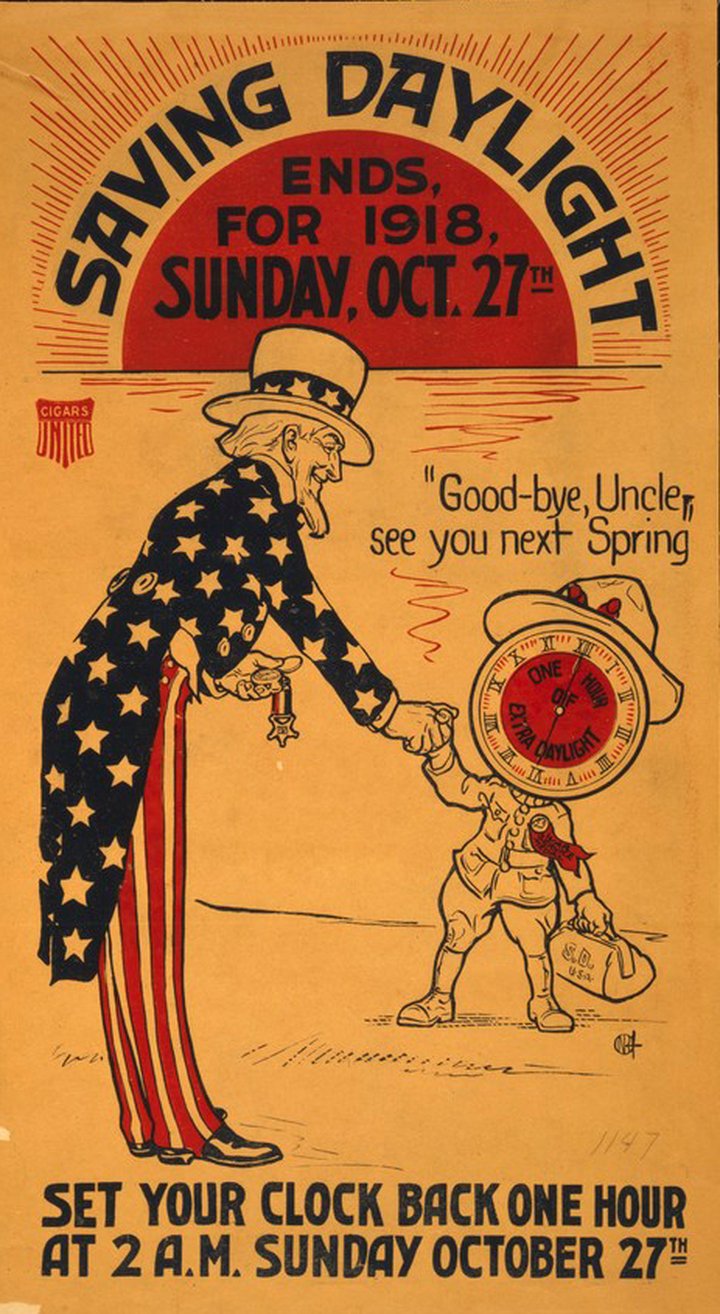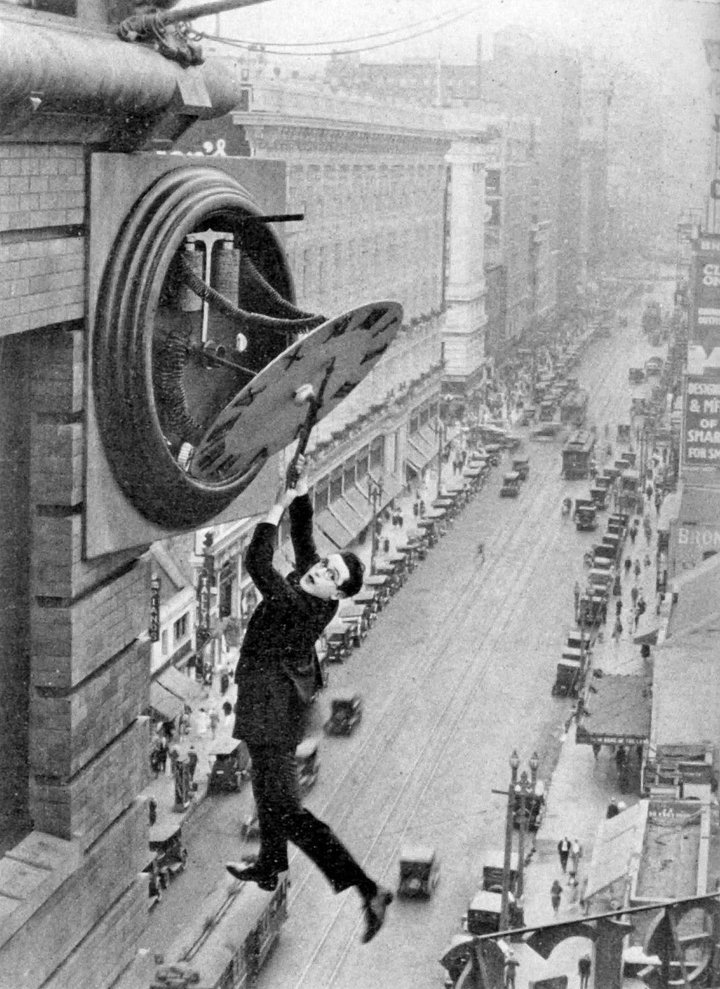“Your readers, who with me have never seen any sign of sunshine before noon…will be as much astonished as I was… that he gives light as soon as he rises.” (Benjamin Franklin, Journal de Paris, 1784)
###
Ben Franklin’s satire knew no bounds. Written during his sojourn as American Minister to Paris, his essay went on to suggest that rising Parisians could save money by rising at dawn: “An immense sum! That the city of Paris might save every year, by the economy of using sunshine instead of candles.”
It’s a fun essay, worth quoting a bit more. He goes on to propose regulations to get folks out of bed at sunrise. “Every morning, as soon as the sun rises, let all the bells in every church be set ringing; and if that is not sufficient? Let cannon be fired in every street, to wake the sluggards effectually, and make them open their eyes to see their true interest.”
But that’s about as far as he went. Contrary to folklore, Franklin didn’t actually invent Daylight Saving Time. That had to wait until 1916, when it was first instituted by Germany during the first World War. Two years later, March 1918, the first DST law in the U.S. went into effect, the official reason being to save fuel. And the U.S. Chamber of Commerce backed it because business: “Americans getting off work while it was still light out meant they would be more likely to go out shopping in the evening.” In the intervening 104 years, DST has come, gone, and come, both here and in many—by no means all—countries the world over. Confusingly (as if we’re not confused enough), countries aren’t uniform in the dates when DST is in operation; this year, for instance, DST starts on March 27 in the UK. And then there’s “double summer time.” Google will take you down a deep rabbit hole, if you care.
Library of Congress, Public Domain.
Personally, I hate the whole idea of changing clocks twice a year, with its many opportunities for screwing up: arriving an hour early or late for a meeting; Amtrak trains sitting idly on their tracks for an hour early Sunday morning, since clocks read times from 1 to 2 am twice (that’s in Fall; in Spring, Amtrak tries to make up the lost hour); forgetting to change your watch. You did, right? And those messy time zones! Hawaii, Puerto Rico, the Virgin Islands, American Samoa, Guam, and the Northern Marianas Islands don’t observe daylight saving; neither does Arizona…except on native reservations.
Then there are the health aspects. According to Martin Young (University of Alabama at Birmingham Division of Cardiovascular Disease), “Moving the clocks ahead one hour in March is associated with a 10-24 percent increase in the risk of having a heart attack the following Monday and to some degree Tuesday.” And even for those who aren’t at risk from a heart attack, the twice-a-year time shift messes up our circadian rhythms for weeks.
There’s hope on the horizon, in what seems to be a bipartisan push to put the whole country on permanent DST. As reported in The Washington Post two weeks ago, “19 states have passed bills to switch to year-round daylight saving time, should Congress allow it…Another 22 are considering it this year.”
I could go on (and on) but I’m still recovering from jet lag. Time change, you know.
Harold Lloyd and Wesley Stout, Public Domain.


CLICK TO MANAGE